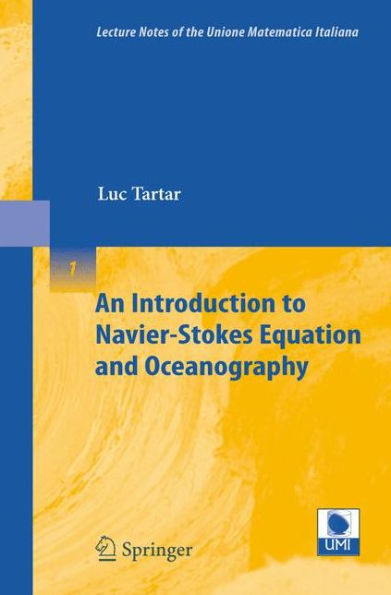5
1
9783540357438


An Introduction to Navier-Stokes Equation and Oceanography / Edition 1 available in Paperback

An Introduction to Navier-Stokes Equation and Oceanography / Edition 1
- ISBN-10:
- 3540357432
- ISBN-13:
- 9783540357438
- Pub. Date:
- 09/14/2006
- Publisher:
- Springer Berlin Heidelberg
- ISBN-10:
- 3540357432
- ISBN-13:
- 9783540357438
- Pub. Date:
- 09/14/2006
- Publisher:
- Springer Berlin Heidelberg
49.99
In Stock

Product Details
| ISBN-13: | 9783540357438 |
|---|---|
| Publisher: | Springer Berlin Heidelberg |
| Publication date: | 09/14/2006 |
| Series: | Lecture Notes of the Unione Matematica Italiana , #1 |
| Edition description: | 2006 |
| Pages: | 247 |
| Product dimensions: | 6.10(w) x 9.25(h) x 0.24(d) |
About the Author
From the B&N Reads Blog
